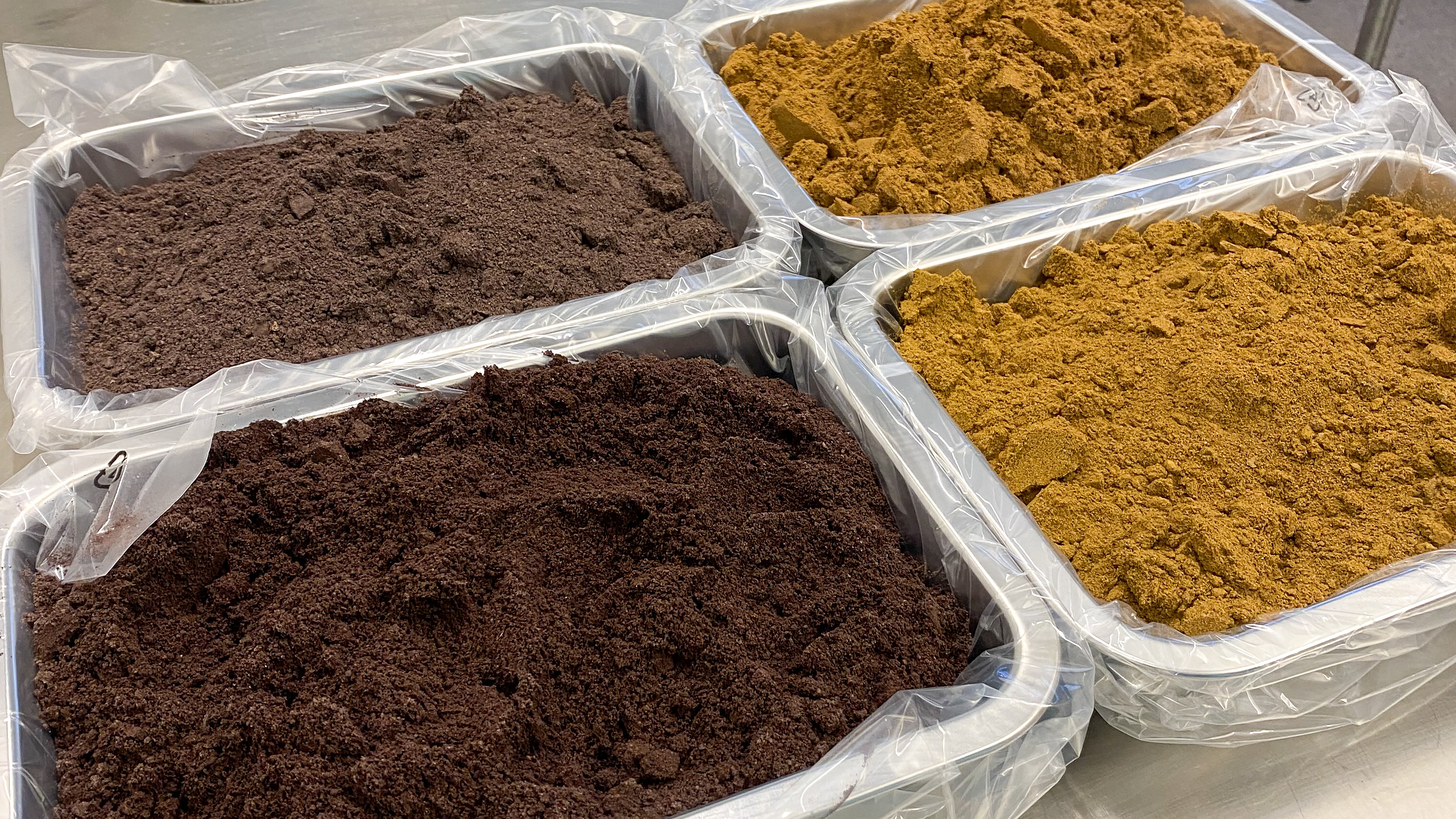SGI's environmental laboratory is dedicated to research and development in the analysis of contaminated sites.
The laboratory plays a significant role in much of the research conducted at SGI. This research focuses on understanding how contaminants behave in the environment and how they interact with their surroundings. This knowledge is essential for risk assessment, site characterization, the development of remediation methods, and long-term monitoring of these solutions.
We work both on behalf of SGI's own researchers and in collaboration with other industry partners.
External Testing Services
When capacity allows, we offer our testing services to external clients. However, for 2025, we are pausing new orders to concentrate on ongoing projects.

